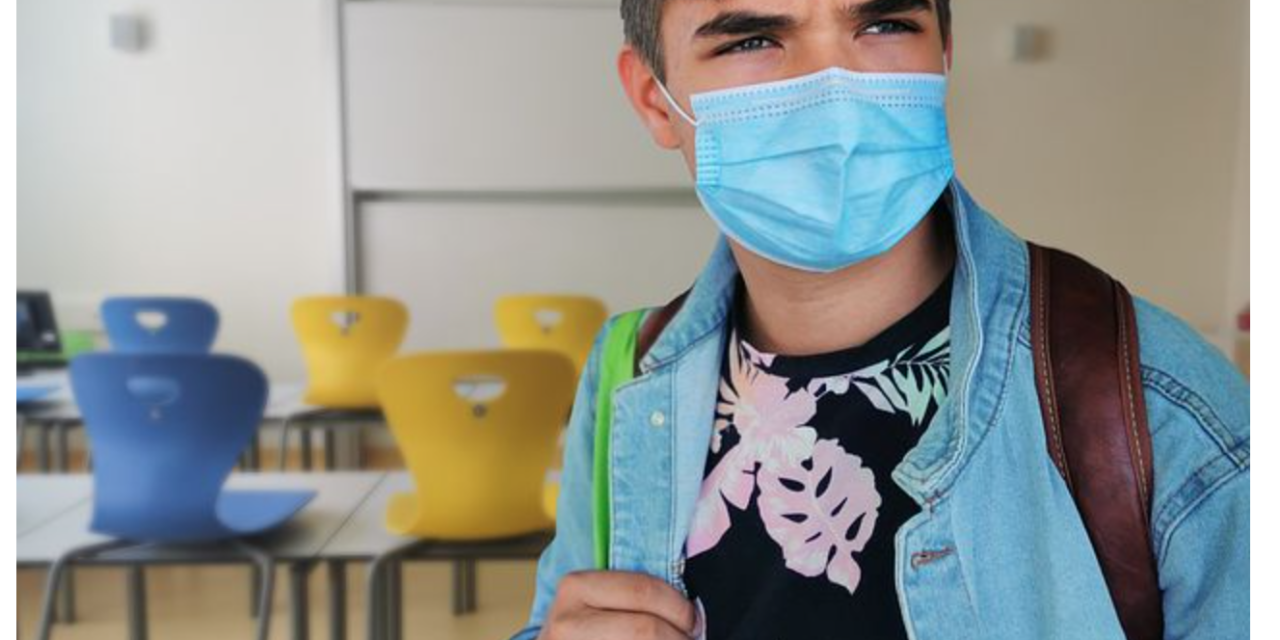On Friday, Jan. 7, the North Carolina Department of Health and Human Services (NCDHHS) put out a press release stating that it was “adding another tool to help keep state students in the classroom” – a Test-to-Stay strategy.
Under the Test-to-Stay plan for battling COVID-19, once a case of a COVID-19 infection is identified at a school, the next step is testing – rather than jumping to a mass quarantine policy for everyone who’s come near the infected student, teacher or administrator.
The strategy has been popular in many parts of the country because it’s easier on parents – especially working parents – who’ve often been overwhelmed with remote schooling during the pandemic. Under Test-to-Stay, those students who continue to pass a series of coronavirus tests can keep attending school in person and interact with their classmates at safe distances.
According to the NCDHHS, “Recent data released by the ABC Science Collaborative showed that Test-to-Stay can be an effective strategy for further reducing absences and lowering the risk of further transmission of COVID-19 in schools where masks are required.”
The department has now included these findings in the Strong Schools NC Public Health Toolkit – which is meant to help schools address the pandemic.
The statement adds, “With the addition of a Test-to-Stay option, the list of scenarios for remaining in the classroom is expanded to include unmasked exposures (e.g., when students are eating lunch). This Test-to-Stay option only applies to K-12 school settings that require masks, which data has shown limits the risk of transmission.”
As part of Test-to-Stay, the person exposed to COVID-19 should take the following actions:
- Get tested the day they’re notified of an exposure.
- Get tested again five days later – or as close to five days as possible.
- Wear a mask for 10 days after the exposure.
- Other than attending school, stay home and avoid others.
NC Health Director and NCDHHS Chief Medical Officer Dr. Elizabeth Cuervo Tilson said this is just one part of an overall strategy that includes screening testing, ventilation, handwashing – and staying home when you’re sick.
“Protecting our students and staff requires layers of protection to stop the spread of COVID-19. In addition to vaccines and masks, Test-to-Stay is another proven tool that can help minimize the spread of COVID-19 while also maximizing time in the classroom.”
The Test-to-Stay gameplan requires everyone age two and older to wear a mask inside schools and facilities and keep at least three feet of distance between students,


Defund government schools.
Common sense must prevail.
For real, kids don’t need to learn or be monitored during the day, we have been educating students in this country for way too long. Only the rich kids who can afford private schools should be allowed to attend the rest need to start getting jobs once they hit 6.
If my children were still in school now, they’d be at home, being homeschooled. The forced masking, testing, vaxxing, and other covid scare nonsense is the icing on the cake for many who choose to homeschool. The snowballing indoctrination of our children – teaching them to hate themselves because of their skin color, teaching them to hate their country, and teaching them to judge and hate others because of skin color – is out of control and must be stopped immediately.
I see you buy into the whole ‘CRT in school is shaming children lie’. No school in Guilford county is teaching CRT to students. Not one! They never have.
Some of the training the teachers were forced to attend on diversity may have crossed the line. Most teachers in the k-12 have no time time to ‘indoctrinate’ your children. Heck, they can barely get them to behave given social challenges many kids bring to the classroom. Kids in high school are already indoctrinated by their parents, friends, and hopefully their church.
CRT is a scare tactic used by modern conservatives to distract you while they raise your taxes and reduce the taxes of their wealthy donors. (Liberals do the same thing but at least they are honest about it)
Amen!
This is a joke. Take tests away from those who actually need them? Seniors, those in ill health, or assisted living/communal living. Our state is a clown Show
Where will they get tested? I just spent all morning trying to get tested, and most places are a week out. I finally got an appointment on Wednesday. I also went to 5 pharmacies and called many more, and they were all sold out of the at home COVID tests.
Biden took the Trump Warp Speed approach to fighting covid and turned it into slow and sloppy.
Russia chris Russia
Trump helped fast track the vaccine you’re so happy about numb nuts. It was called operation Warp Speed. I realize pea brains have small memories You and tuna should hang out maybe between the two of you a cohesive thought will emerge